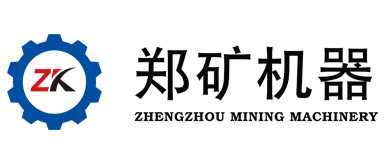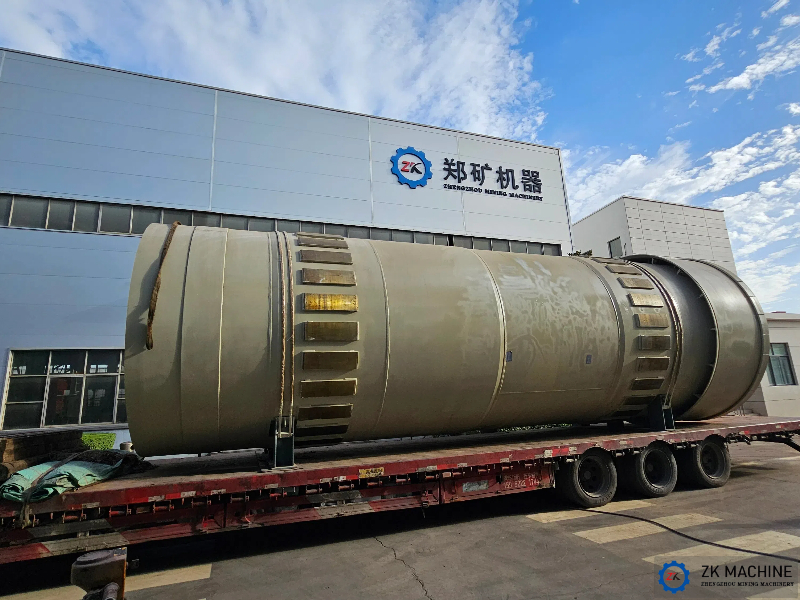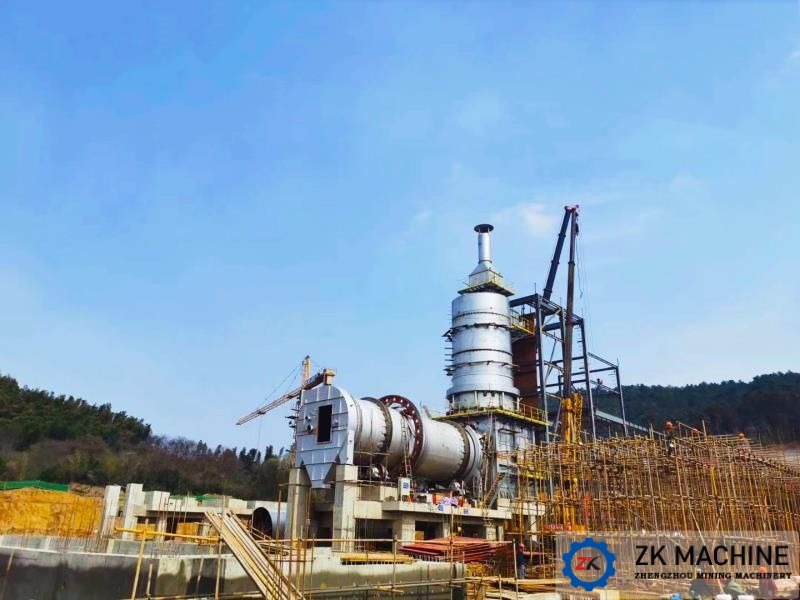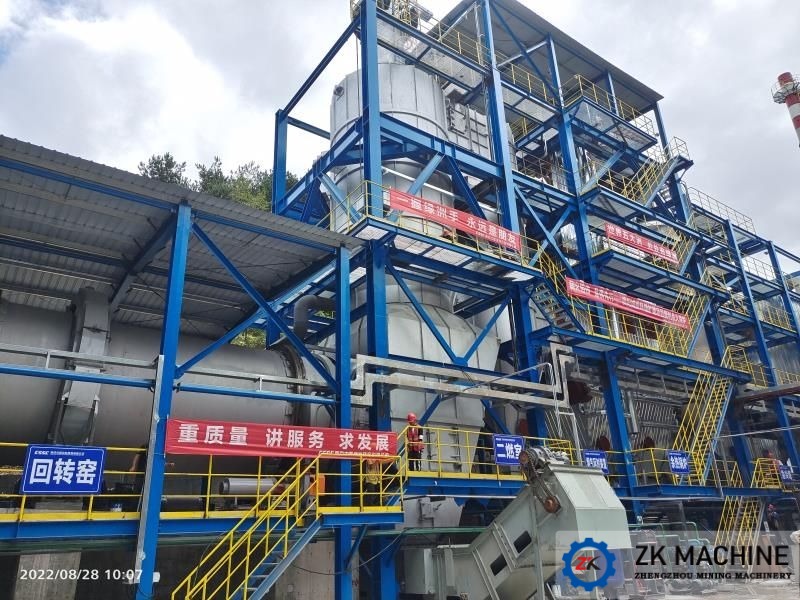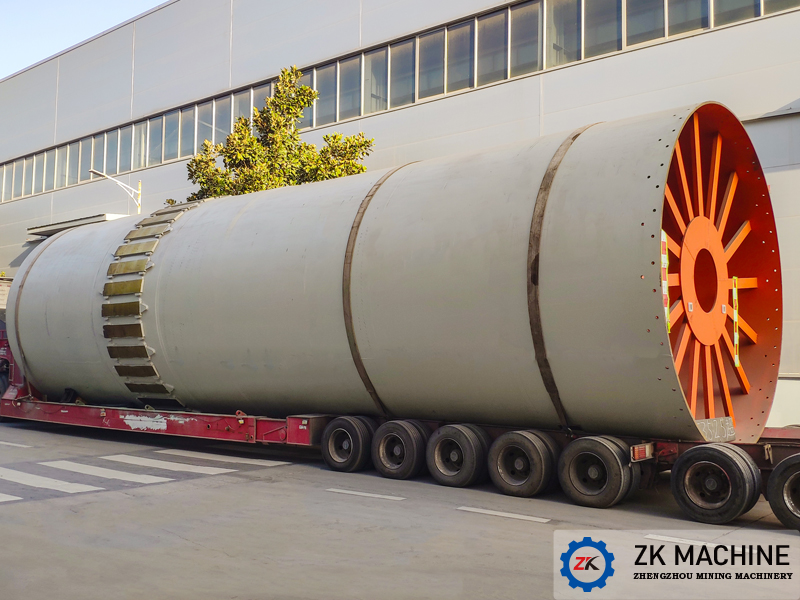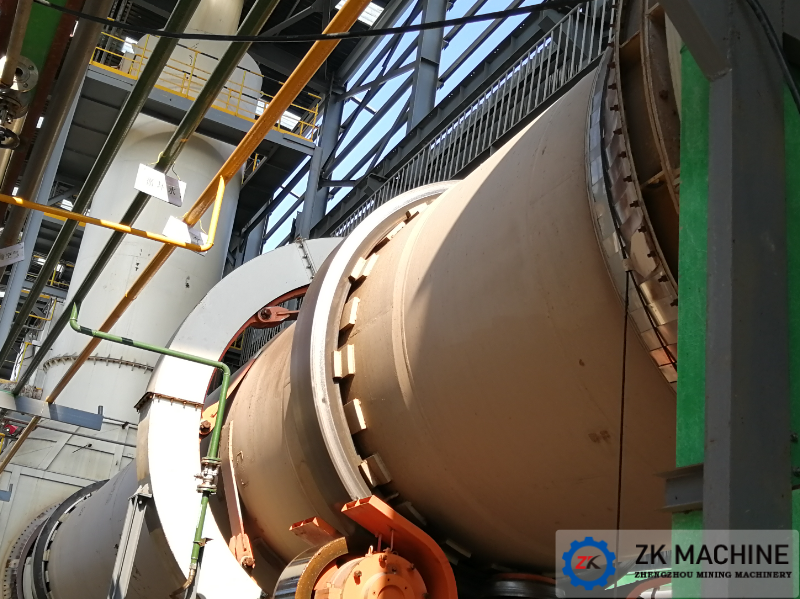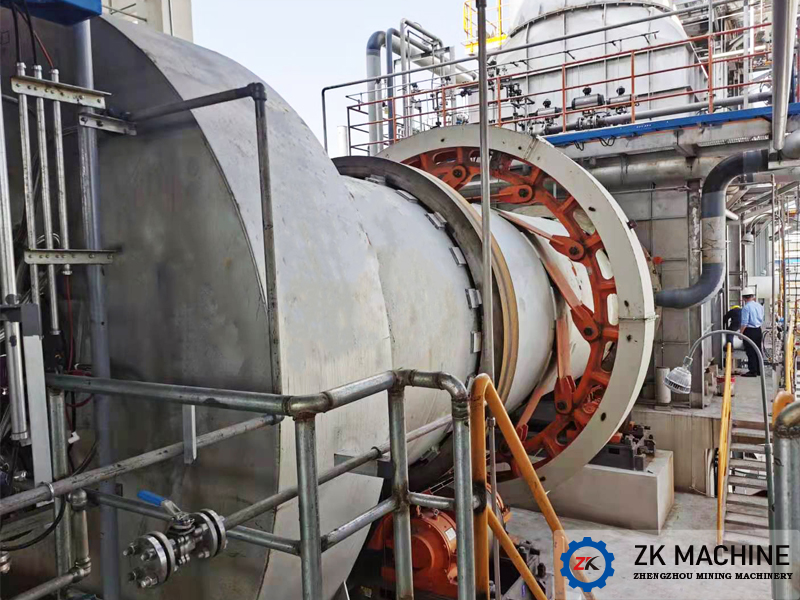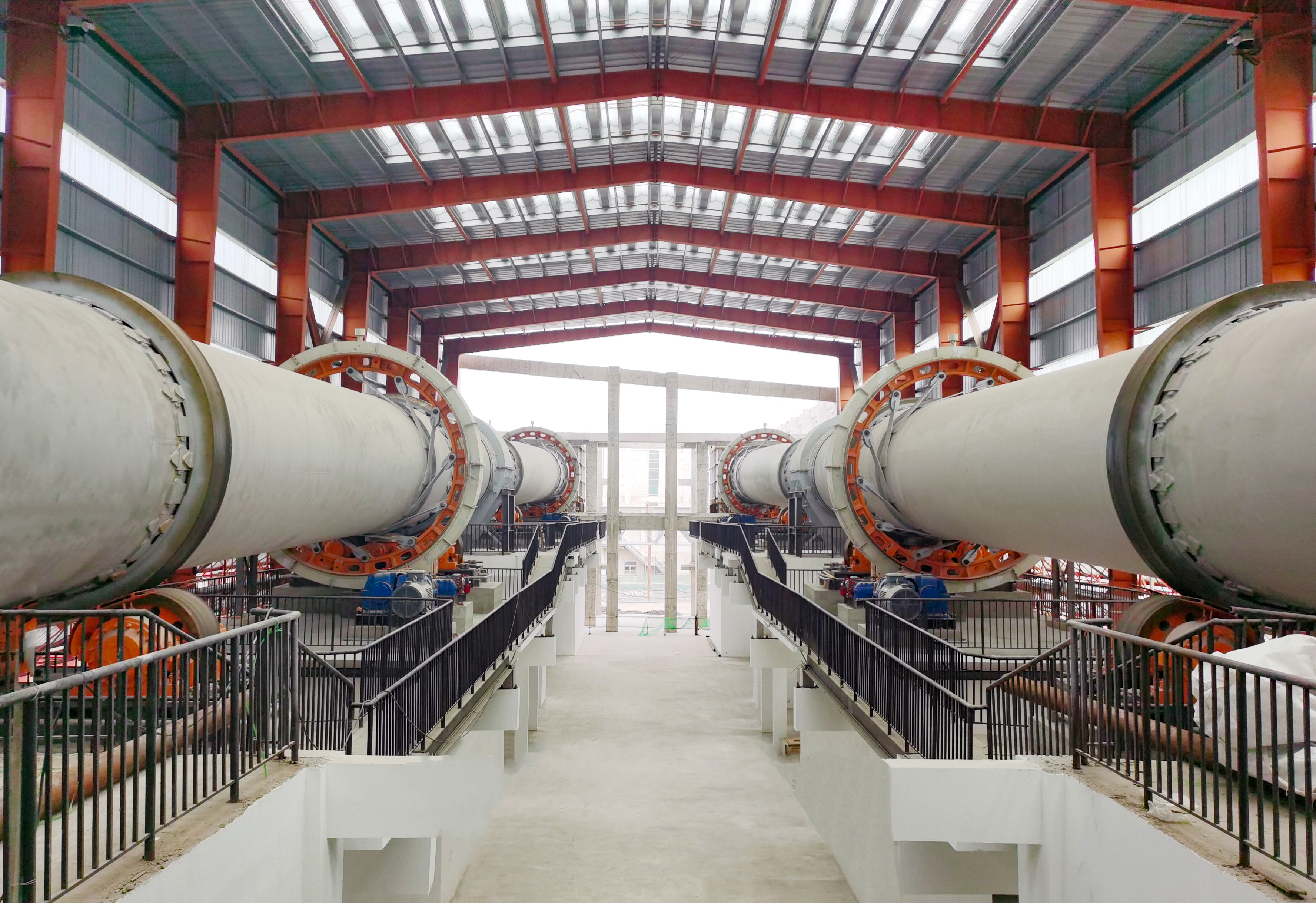 LECA PRODUCTION LINE
LECA PRODUCTION LINE
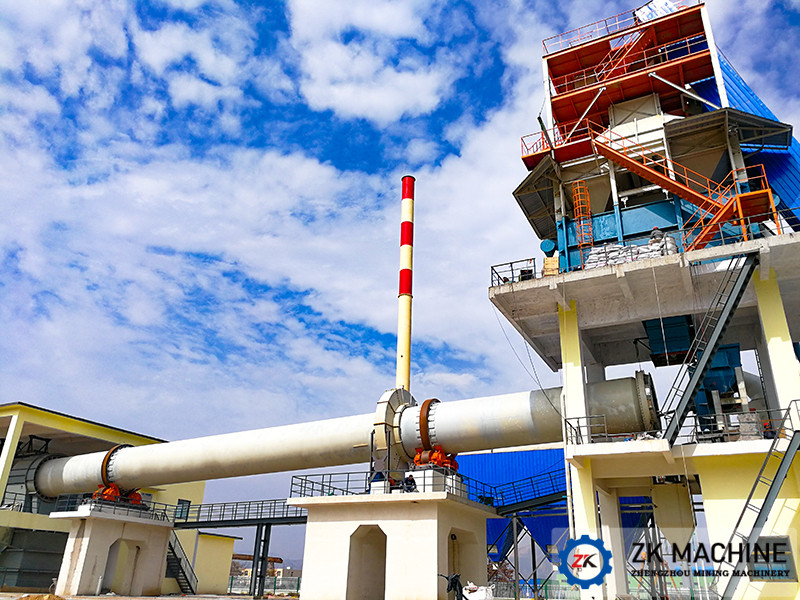 MAGNESIUM PRODUCTION LINE
MAGNESIUM PRODUCTION LINE
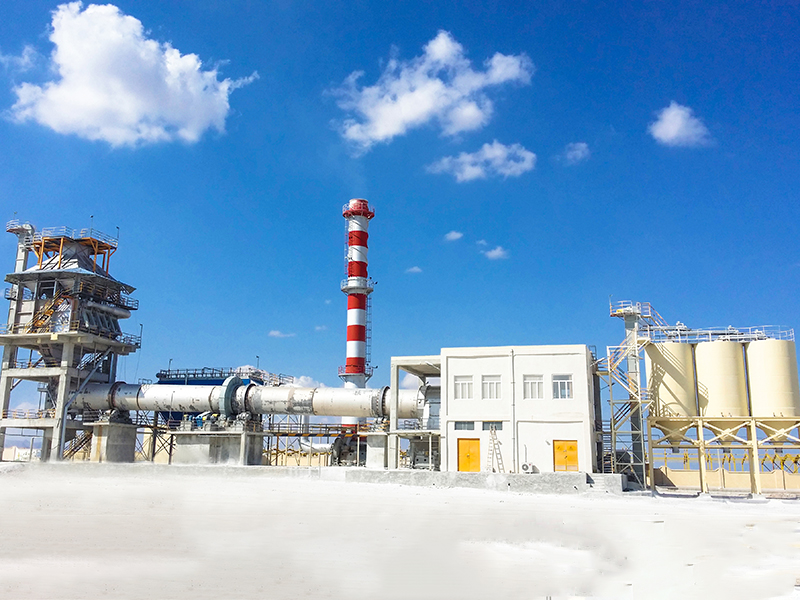 ACTIVE LIME PRODUCTION LINE
ACTIVE LIME PRODUCTION LINE
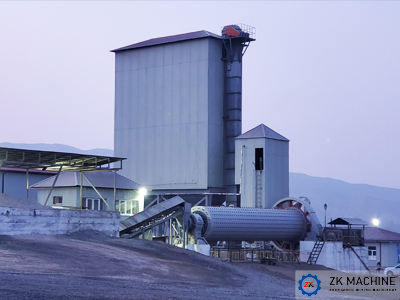 CEMENT GRINDING STATION
CEMENT GRINDING STATION
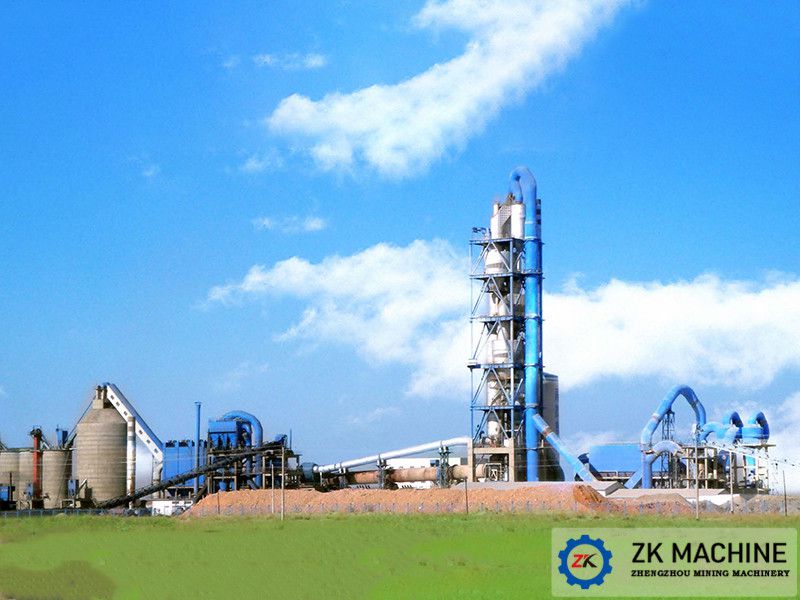 CEMENT PRODUCTION LINE
CEMENT PRODUCTION LINE
 LIME SLAKING PLANT
LIME SLAKING PLANT
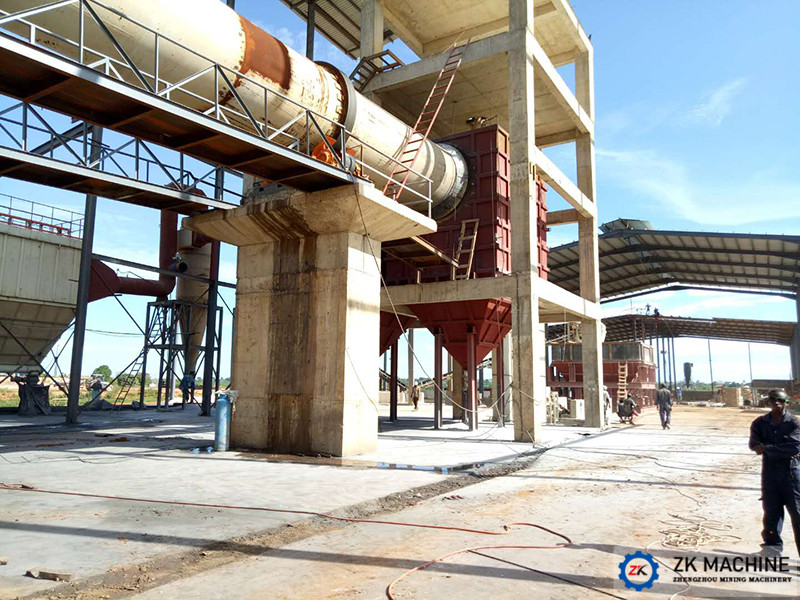 MAGNESIUM OXIDE (MgO) PLANT
MAGNESIUM OXIDE (MgO) PLANT
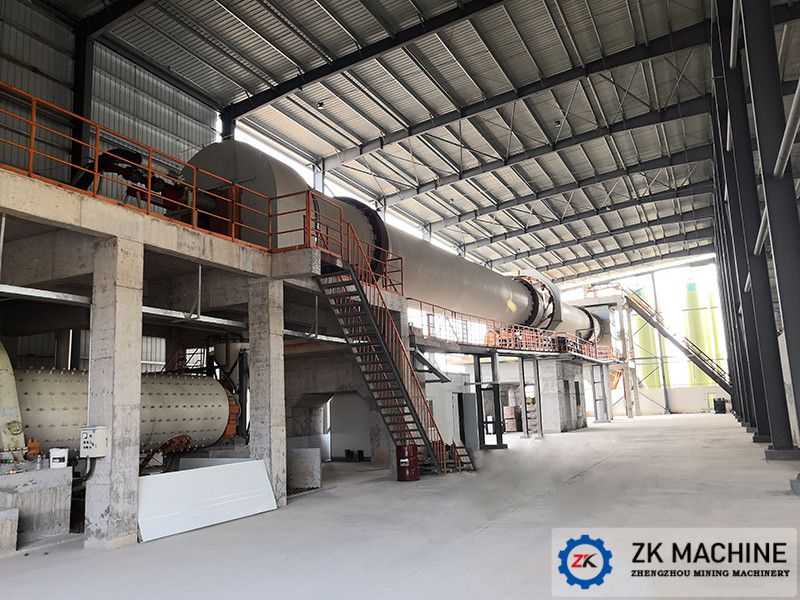 LITHIUM PRODUCTION LINE
LITHIUM PRODUCTION LINE
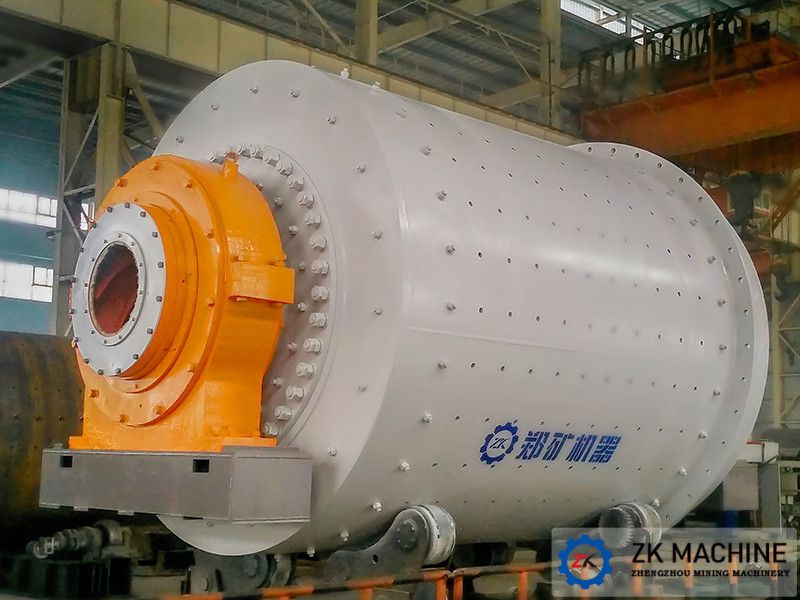 ORE DRESSING LINE
ORE DRESSING LINE
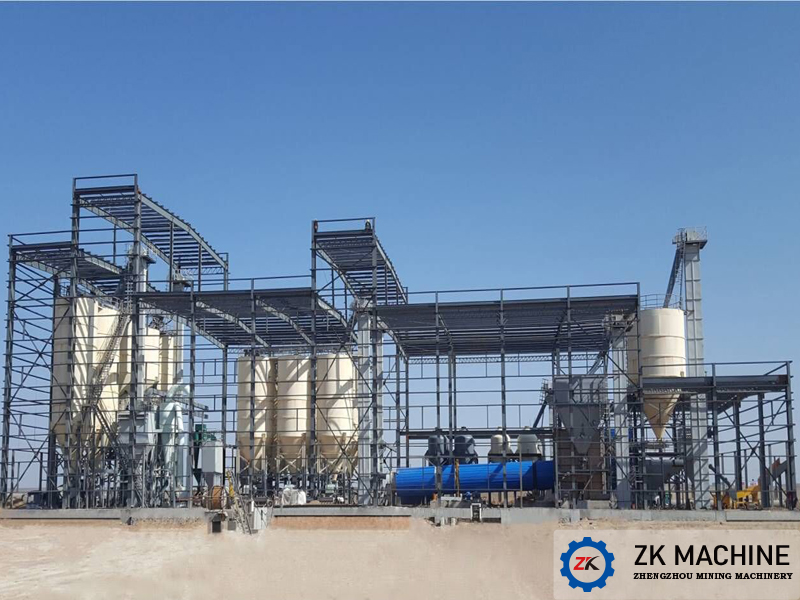 GYPSUM POWDER PRODUCTION LINE
GYPSUM POWDER PRODUCTION LINE
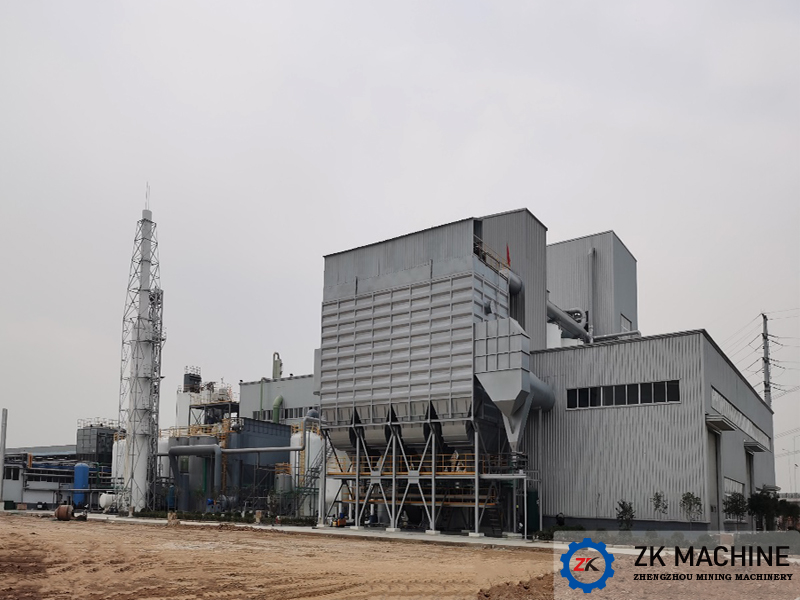 ALUMINUM ASH PROCESSING SYSTEM
ALUMINUM ASH PROCESSING SYSTEM
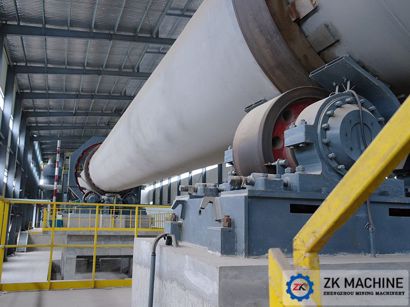 FRACTURING PROPPANT PRODUCTION LINE
FRACTURING PROPPANT PRODUCTION LINE
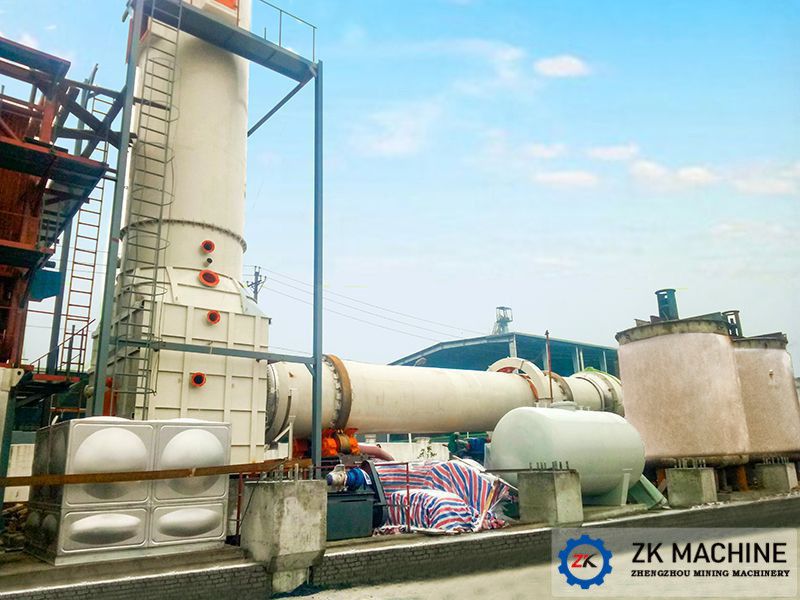 SOLID (HAZARDOUS) WASTE INCINERATION SYSTEM
SOLID (HAZARDOUS) WASTE INCINERATION SYSTEM
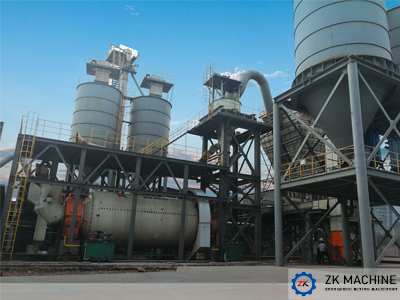 PULVERIZED COAL PREPARATION PRODUCTION LINE
PULVERIZED COAL PREPARATION PRODUCTION LINE
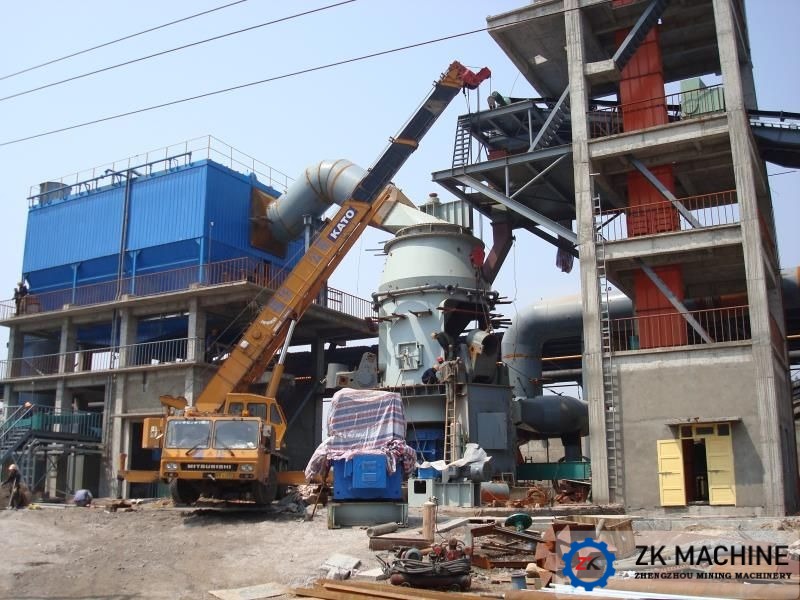 GGBS PRODUCTION LINE
GGBS PRODUCTION LINE
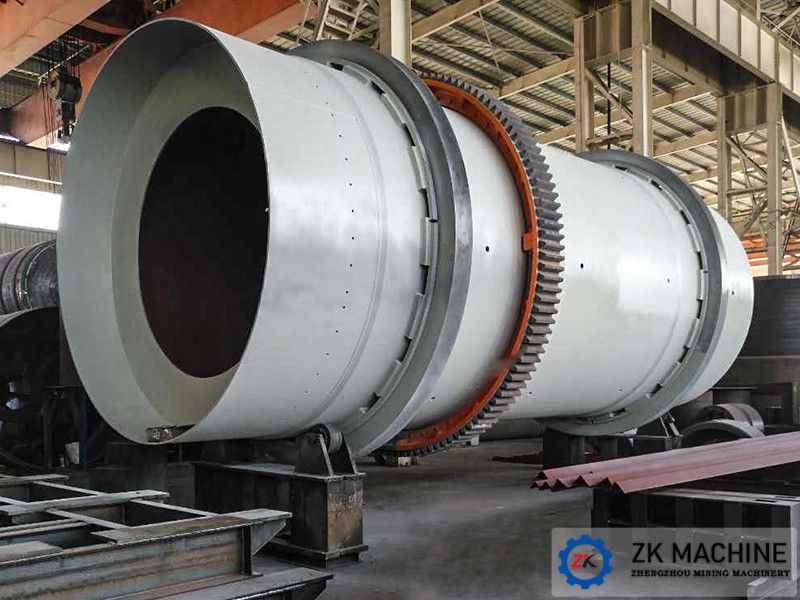 SUPERPHOSPHATE PRODUCTION LINE
SUPERPHOSPHATE PRODUCTION LINE
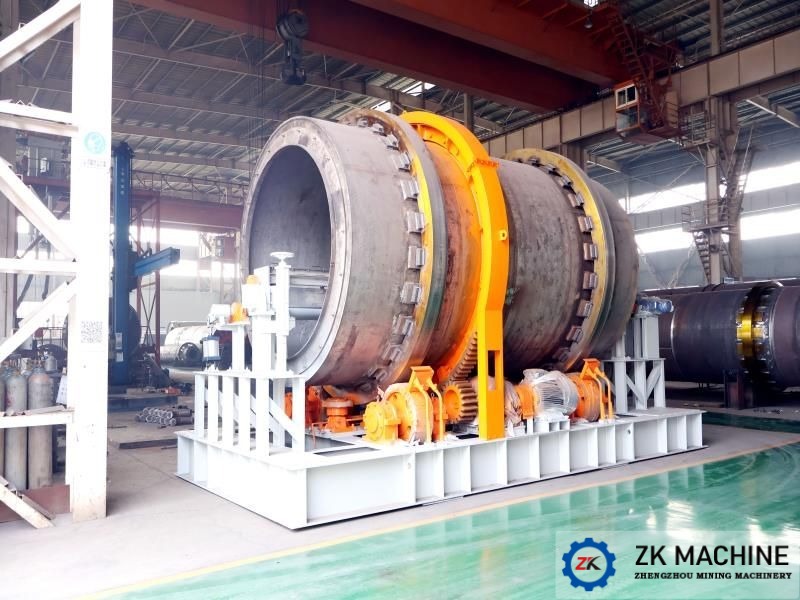 MOLECULAR SIEVE PRODUCTION LINE
MOLECULAR SIEVE PRODUCTION LINE
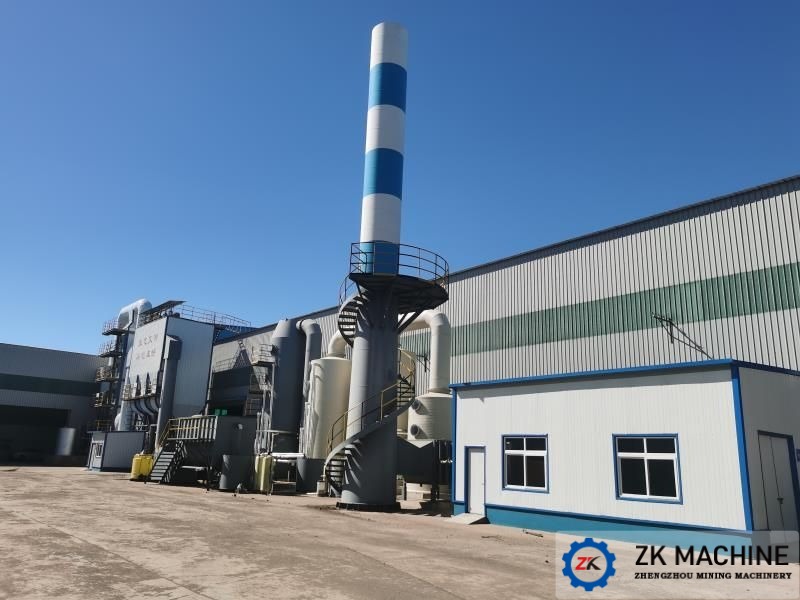 FLUE GAS PURIFICATION SYSTEM
FLUE GAS PURIFICATION SYSTEM
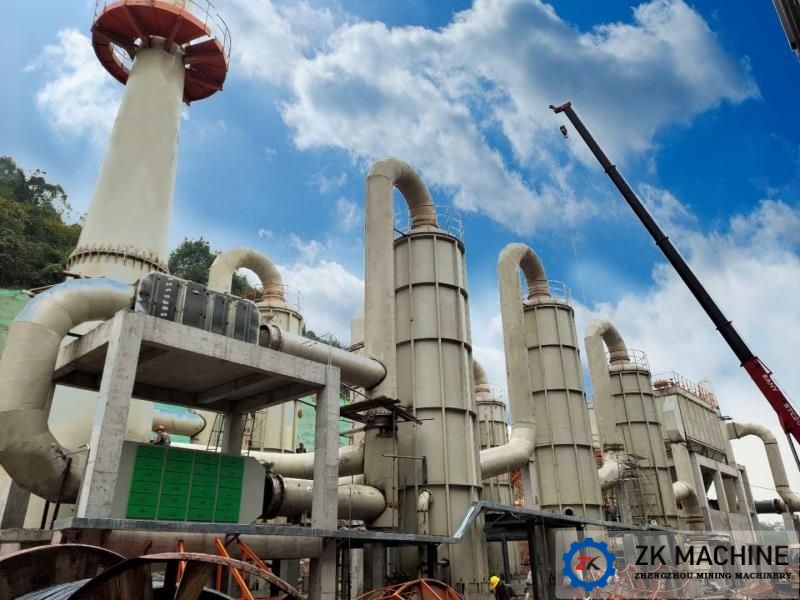 FGD SYSTEM
FGD SYSTEM
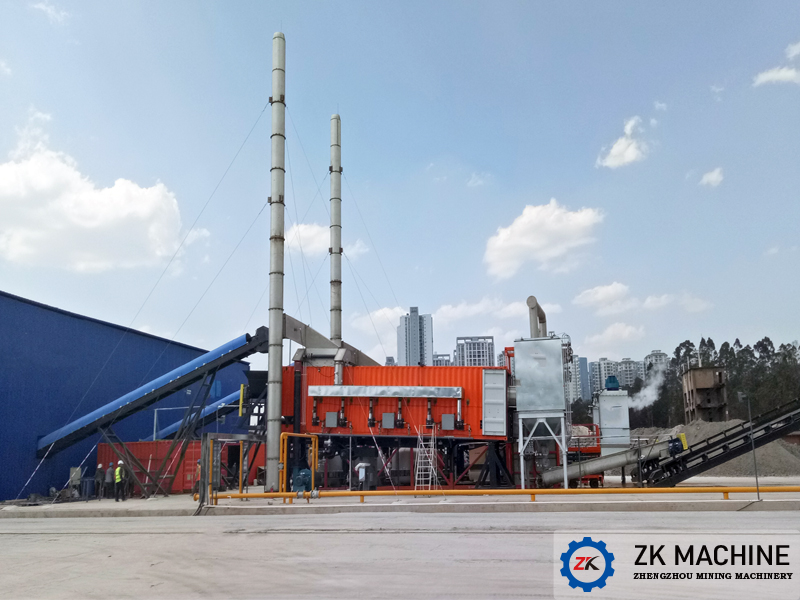 SOIL REMEDIATION SYSTEM
SOIL REMEDIATION SYSTEM
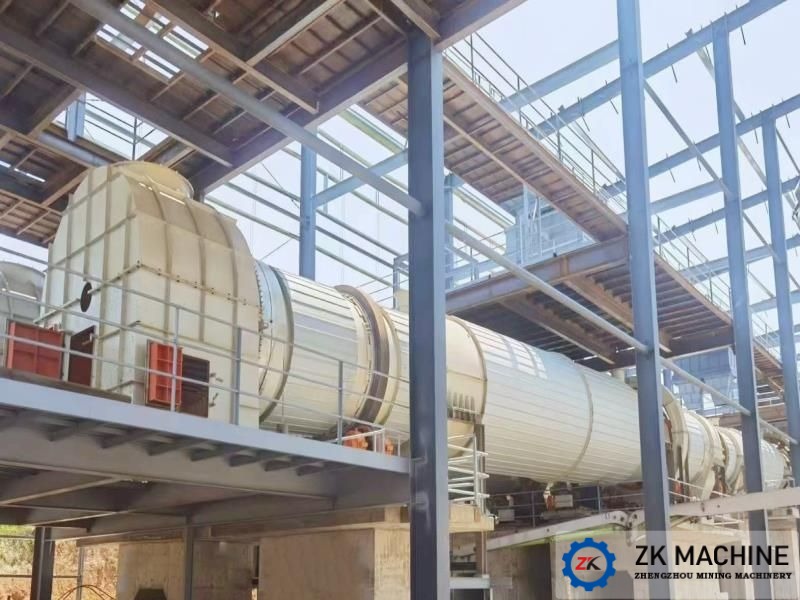 PHOSPHOGYPSUM DISPOSAL PRODUCTION LINE
PHOSPHOGYPSUM DISPOSAL PRODUCTION LINE
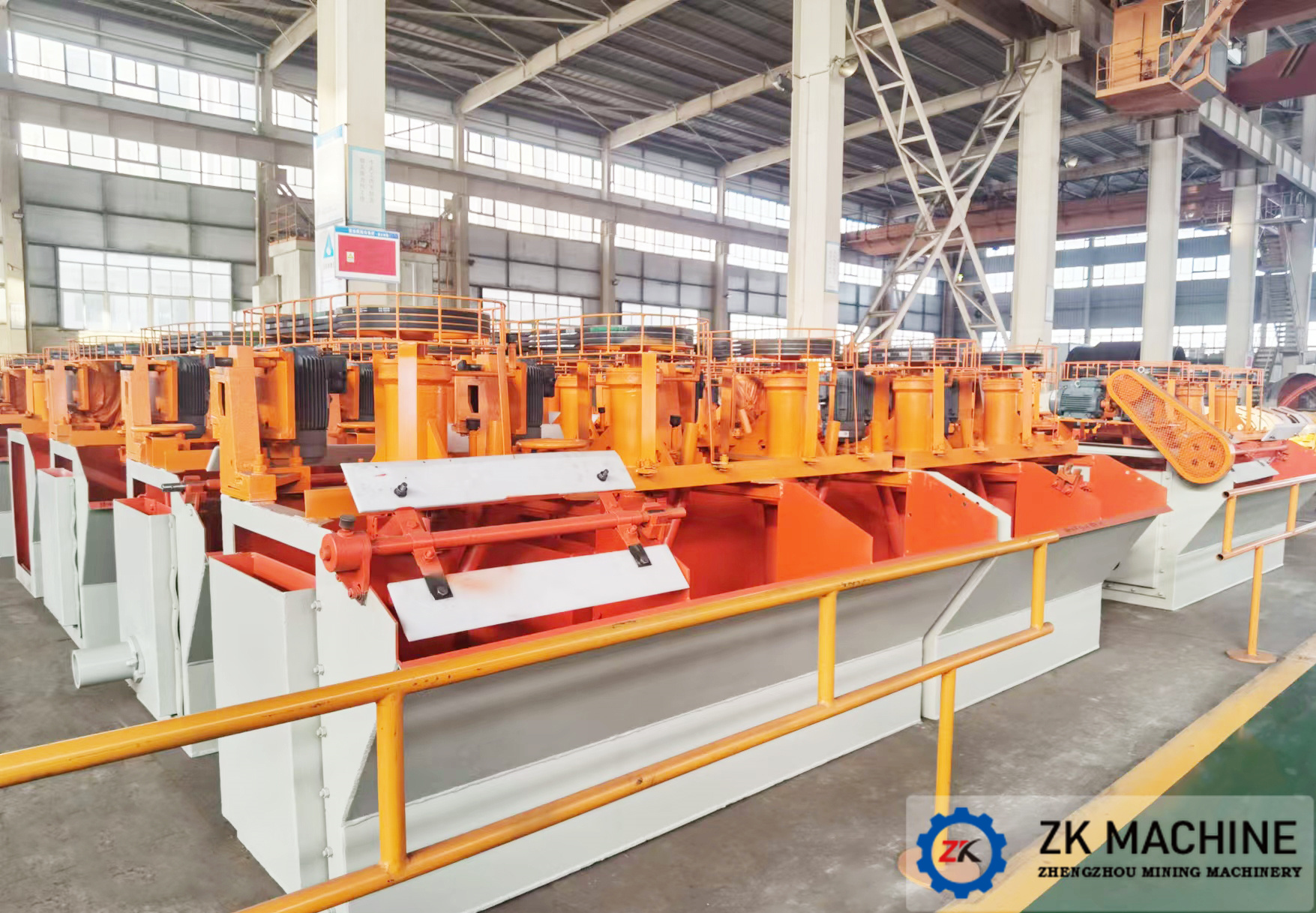 PHOSPHATE ORE DRESSING LINE
PHOSPHATE ORE DRESSING LINE
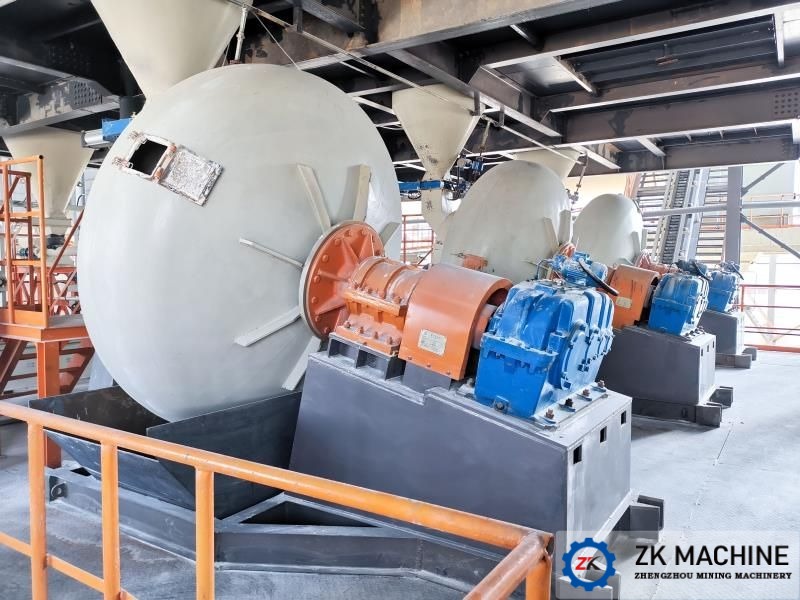 PHOSPHATE ORE PELLETIZATION PRODUCTION PROCESS
PHOSPHATE ORE PELLETIZATION PRODUCTION PROCESS
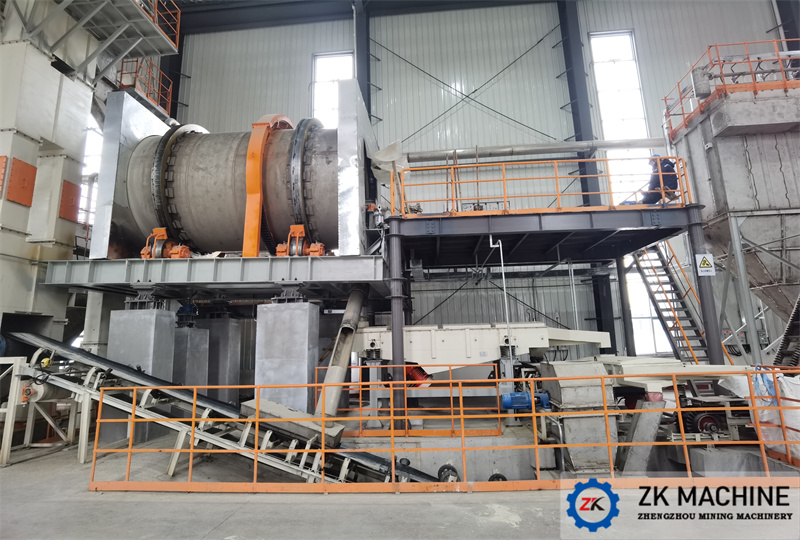 LITHIUM BATTERY RECYCLING LINE
LITHIUM BATTERY RECYCLING LINE
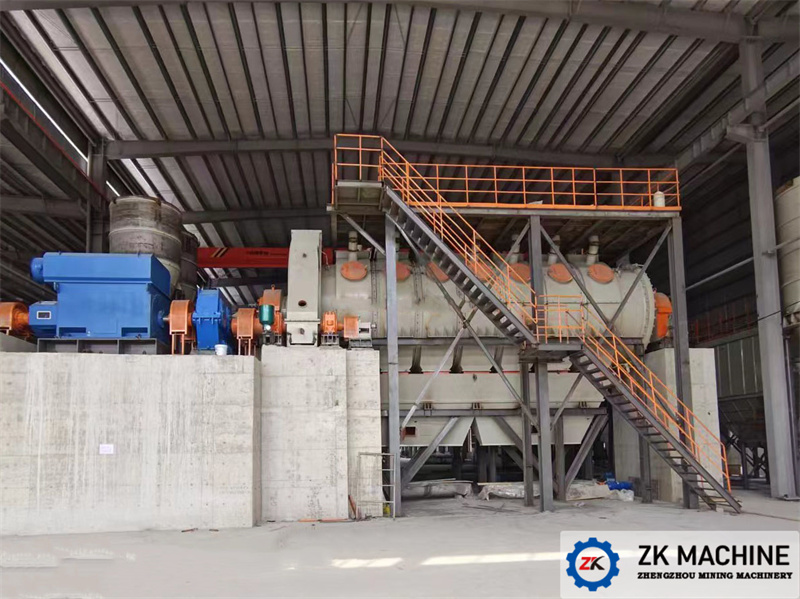 ALUMINA CALCINING LINE
ALUMINA CALCINING LINE
